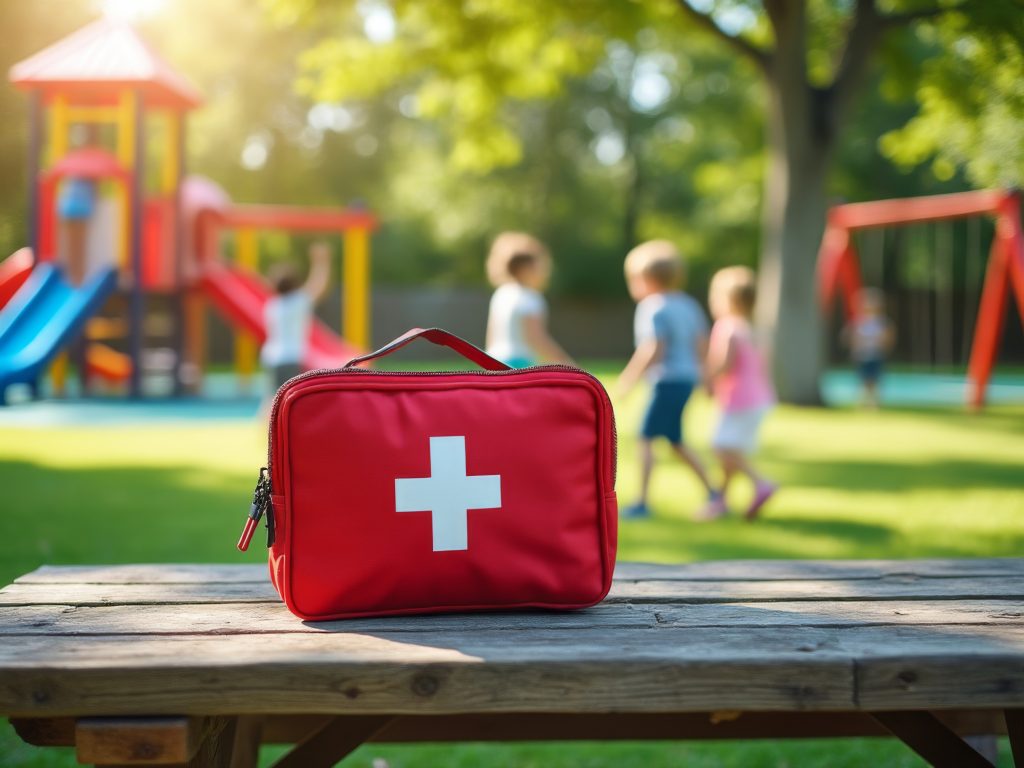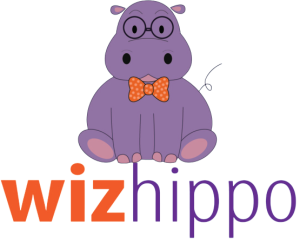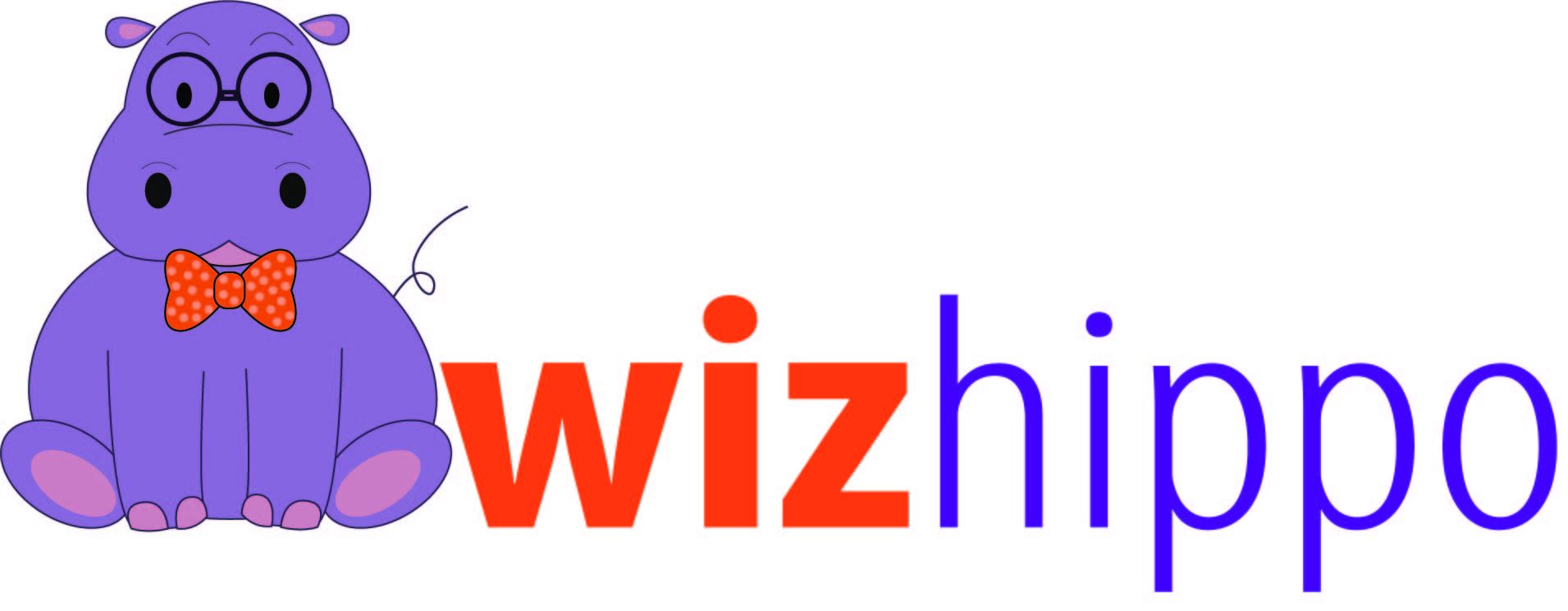
Emergencies can happen at any time, and in a daycare setting, the safety and well-being of young children depend on staff and administrators being well-prepared to respond quickly and effectively. Whether it’s a medical emergency, a natural disaster, or an unexpected evacuation, having a solid emergency management plan in place is essential to ensuring that everyone—children, staff, and families—remain safe and informed.
In this blog, we’ll explore how daycare centers can prepare for emergencies by developing comprehensive emergency plans, training staff, and utilizing daycare management software like WizHippo to streamline communication and ensure quick responses during critical situations.
Why Emergency Preparedness is Critical in Daycare Settings
Daycares and preschools are responsible for the care of young children, many of whom may not fully understand how to respond in an emergency. This places a tremendous responsibility on the daycare staff to protect the children in their care and take swift action when necessary. Proper emergency preparedness helps reduce panic, ensures that everyone knows their role, and allows for a more organized response to crises.
There are several types of emergencies that daycare centers may face, including:
- Medical Emergencies: Allergic reactions, injuries, or sudden illnesses.
- Natural Disasters: Tornadoes, earthquakes, floods, or fires.
- Security Threats: Intruders or lockdown situations.
- Evacuations: Situations where the daycare needs to be evacuated quickly and safely.
Being prepared for these events requires having clear plans, proper training, and effective communication systems in place.
Key Components of an Emergency Plan for Daycares
An effective emergency plan should outline the steps staff and administrators need to take during a crisis, and it should be communicated clearly to all staff members. Here are some key components to include when developing an emergency plan for a daycare setting:
1. Emergency Contact Information
Ensure that emergency contact information for all children and staff is up to date and easily accessible. This includes phone numbers for parents or guardians, emergency medical contacts, and local emergency services. Having quick access to this information allows staff to notify parents promptly and provide first responders with necessary details.
- Tip: Use daycare management software like WizHippo to store and organize emergency contact information digitally, so it can be accessed quickly in case of an emergency.
2. Evacuation Routes and Procedures
Establish clear evacuation routes and procedures for the daycare. These routes should be posted in every room, and all staff should be familiar with the nearest exits and designated safe areas. Practice evacuation drills regularly so that both children and staff know what to do in case of an emergency.
- Tip: Ensure that evacuation routes are accessible for all children, including those with mobility issues, and designate staff members to assist children with special needs during an evacuation.
3. Shelter-in-Place Plans
In some emergencies, such as a tornado or security threat, it may be safer to stay inside the building rather than evacuate. A shelter-in-place plan outlines where children and staff should go in the event of such an emergency and how to secure the area. Make sure that all staff know the safest rooms or areas to shelter in place.
- Tip: Equip shelter areas with emergency supplies such as first aid kits, water, and snacks, in case the group needs to remain in place for an extended period.
4. Medical Emergency Procedures
Daycare staff must be prepared to handle medical emergencies, from minor injuries to severe allergic reactions or sudden illnesses. All staff members should be trained in first aid, CPR, and how to use an EpiPen for allergic reactions. The daycare should also have a clear protocol for contacting emergency medical services and notifying parents.
- Tip: Maintain updated medical records for all children, including information about allergies and pre-existing conditions, in daycare management software for quick access during a medical emergency.
5. Communication Plan
Effective communication is key during an emergency, especially when coordinating with staff, parents, and emergency services. Your communication plan should include a designated person responsible for making emergency calls, notifying parents, and providing updates. It’s important to have both primary and backup methods of communication, such as phones, walkie-talkies, or online platforms.
- Tip: Utilize daycare management software like WizHippo to send real-time notifications to parents via email or text message during an emergency, ensuring that families receive timely updates.
Training Staff for Emergency Preparedness
Having an emergency plan is essential, but it’s just as important to ensure that all staff members are trained to respond appropriately in a crisis. Regular training sessions and drills can help staff stay calm, confident, and ready to act when emergencies arise.
1. First Aid and CPR Training
All staff members should be trained in first aid and CPR so they can respond to medical emergencies quickly and effectively. In addition, staff should know how to use an automated external defibrillator (AED) if one is available in the daycare.
- Tip: Schedule annual refresher courses to ensure that all staff members are up to date on their certifications.
2. Emergency Drills
Conduct regular emergency drills to ensure that staff and children know what to do in case of an evacuation, lockdown, or shelter-in-place situation. These drills should be held at different times of day and in different conditions (e.g., during naptime or outdoor play) to prepare for a variety of scenarios.
- Tip: Practice different types of drills, including fire drills, earthquake drills, and intruder drills, so that staff and children are familiar with multiple emergency responses.
3. Communication Training
Staff should be trained on how to communicate clearly and calmly during an emergency. This includes notifying other staff members, contacting emergency services, and updating parents. Clear, concise communication is essential for preventing confusion and ensuring that everyone knows what to do.
- Tip: Establish a chain of command so that staff know who is responsible for making decisions and communicating during an emergency.
How Daycare Management Software Can Help with Emergency Preparedness
Daycare management software like WizHippo is an invaluable tool for streamlining communication, organizing important information, and managing emergency situations. Here’s how daycare management systems can help prepare for and respond to emergencies:
1. Storing and Accessing Emergency Contact Information
WizHippo allows daycare staff to store and organize all emergency contact information for children and staff in one secure, easily accessible platform. In the event of an emergency, staff can quickly retrieve parent and guardian contact details and notify them with just a few clicks.
- Feature Highlight: Contact information can be updated in real-time, ensuring that the daycare always has the most current contact details for families and staff.
2. Real-Time Notifications for Parents
When an emergency occurs, it’s crucial to keep parents informed and reassured about the safety of their children. WizHippo enables staff to send real-time notifications to parents via text message or email, providing immediate updates about the situation and next steps.
- Feature Highlight: Automated notifications can be sent to multiple parents or guardians at once, saving time and ensuring that all families receive timely information.
3. Tracking and Documenting Emergencies
Daycare management software can also be used to document emergency drills, track how they were conducted, and record any issues or improvements that need to be made. Keeping a log of emergency drills ensures compliance with licensing requirements and provides valuable feedback for refining emergency procedures.
- Feature Highlight: WizHippo allows staff to generate reports on emergency drills and share them with administrators or regulatory agencies as needed.
4. Managing Medical Information
In case of a medical emergency, having quick access to children’s medical information can make all the difference. WizHippo stores each child’s medical history, allergies, and emergency treatment plans, allowing staff to respond appropriately and share important details with medical professionals.
- Feature Highlight: Medical information is securely stored in the system, and only authorized staff members have access to sensitive data, ensuring privacy and security.
Conclusion
Managing emergencies in daycare settings requires careful planning, training, and clear communication. By developing a comprehensive emergency plan, regularly training staff, and utilizing daycare management software like WizHippo, daycare centers can ensure they are well-prepared to handle any crisis that may arise. Effective emergency preparedness not only protects children and staff but also provides peace of mind for parents, knowing that their child’s safety is a top priority.
Want to streamline your emergency communication and preparedness efforts? Visit WizHippo today to learn how our daycare management platform can help you stay organized, communicate with parents in real-time, and keep your daycare running smoothly in any situation.

Stay Updated with the Latest in Daycare Management!
Subscribe to our newsletter to receive expert tips, industry news, and special offers straight to your inbox. Plus, get exclusive access to free resources and guides to help you streamline your childcare operations.
